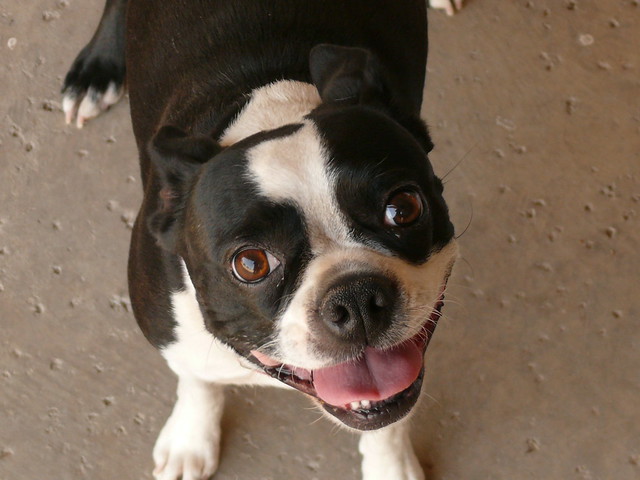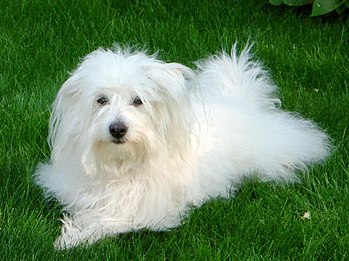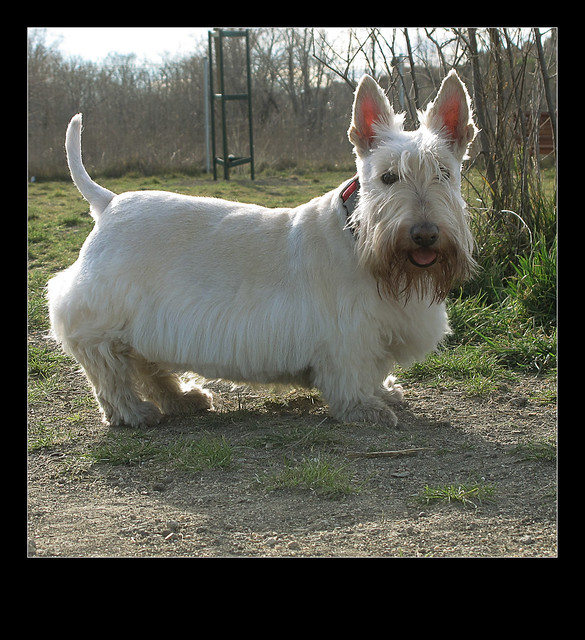What’s the best way to Stop your rottweiler from biting?
Some rottweiler owners may need to find out how to stop their rottweiler from biting at some point in their dog’s lifetime and it can be very stressful trying to decide what it takes to avoid having a rottweiler that may be aggressive. A dog that bites is objectionable at first, but as they mature, they become dangerous, not only to strangers but your own family too. If your rottweiler bites at any stage of its life, it is imperative that you act immediately to stop this behaviour. It’s so important from day one of ownership that you don’t allow your rottweiler to become a dangerous dog in any way.
 |
| Rottweiler - Photo by El Coleccionista de Instantes |
How to Stop Your rottweiler from Biting as a Puppy
If you buy your rottweiler as a puppy then this is the best time to observe his behaviour so you can quickly pick up on any potential issues. A puppy under six months of age is especially easy to retrain because it is still in the formative years of its life, when dogs typically learn how to bite in the wild.
A common mistake that many rottweiler owns make is they believe that their puppy is simply playing or teething and not actually trying to hurt them. Unfortunately, what is really happening is that your rottweiler puppy is learning how to assert its position in the pack, using its teeth to demonstrate who is boss. You have to begin from day one, whilst your puppy is very open to learning to be able to stop your rottweiler from biting.
There are a lot of methods to stop your rottweiler puppy from becoming a dog that bites. Nearly all of them will mimic how the puppy would be treated with its litter mates and mother. A light nip on the neck, a whining sound when you are bitten, and replacement therapy where you hand your rottweiler a toy instead of your hand are all beneficial ways to demonstrate the dog that biting other people is not satisfactory. If you have problem teaching your rottweiler puppy to stop nipping, you should go to an obedience school or hire a trainer.
How to stop your rottweiler biting at 12 months of age.
At approximately 12 months of age your rottweiler if he has been allowed to continue nipping as a puppy, will then move on to play biting as a teenager. A lot of different things can contribute to this behaviour. You should stop playing physical games with you rottweiler dog right away. No wrestling, tug of war or other authority related games.
It’s also important to not let your rottweiler have the run of the entire house. Crate training can be a great method to restrict their range within the home giving them well needed boundaries. A good obedience training program can be hugely helpful with a teenage dog that bites.
How do we stop your rottweiler biting as they get older.
If your rottweiler continues to get away with their biting behaviour, in time it will turn into a huge problem as an adult. Your rottweiler may “turn on” you their owner, but in reality, the dog always stays himself as the leader of the pack.
If your rottweiler bites or nips at anyone after twelve months of age, you need to find a professional quickly because there is serious danger here and the rottweiler might choose to maintain its dominance at any time with an attack.
When learning how to stop your rottweiler from biting, you need to start at as early an age as possible. I can confidently say that most if not all rottweilers that have biting issues as adults will have had concerns as a puppy. Whilst there are a couple of exceptions ie mental disorders or disease, most of these issues are resolvable with proper training.
By Dory Harvey
I have been a dog owner for many years and am truly passionate about responsible pet ownership. I’m biased when it comes to breeds as I cant go past Rottweilers. This breed of dog has such an abundants of qualities and through my own experiences I would highly recommend them to anyone looking at getting a four legged friend.
Article Source: EzineArticles
|














